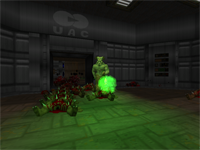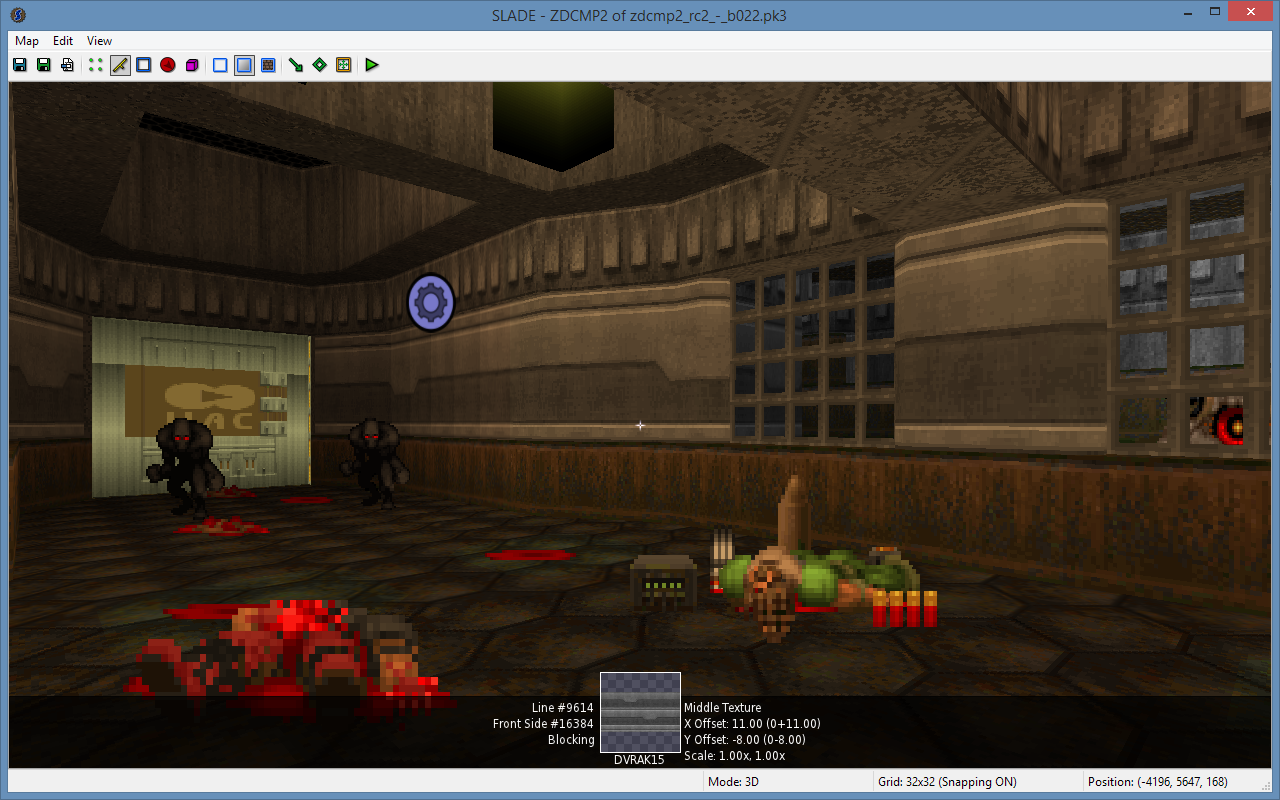
Doom level editor zdoom compatible full#
It was also explicitly designed to be easily modifiable thanks to its PWAD system, encouraging custom levels, various mods and full on total conversions. The Doom engine was subsequently used in the sequels Doom II: Hell on Earth (1994), Final Doom (1996), and Doom 64 (1997), as well as third-party games Heretic (1994), Hexen: Beyond Heretic (1995), Strife: Quest for the Sigil (1996), Chex Quest (1996) and Hacx: Twitch 'n Kill (1997). The designers stated that they intended BloodBath to honour and surpass the heights of quality seen in Doom deathmatch. The underlying Build engine used in Blood was sector based because creator Ken Silverman learned of the technique from a June 1993 phone call with Carmack. Peter Freese and Nick Newhard particularly stressed the game's influence on Blood, with the latter's control acceleration described as a partial reverse engineering of the former.

Later shooters for years, including Blood, were often simply referred to as Doom clones.

The title was revolutionary for the then nascent first-person shooter genre, earlier defined by id's own Wolfenstein 3D (1992), massively popularizing it to the gaming and wider public. The Doom engine is a three dimensional (technically 2.5D) first-person game engine developed by former id Software lead programmer John Carmack for use in the original Doom, which was first released on December 10, 1993. "Doom: Blood Mods" ( MARVELLER) - YouTube


 0 kommentar(er)
0 kommentar(er)
